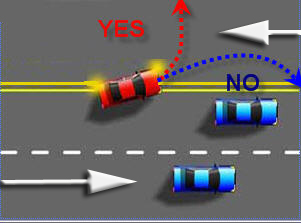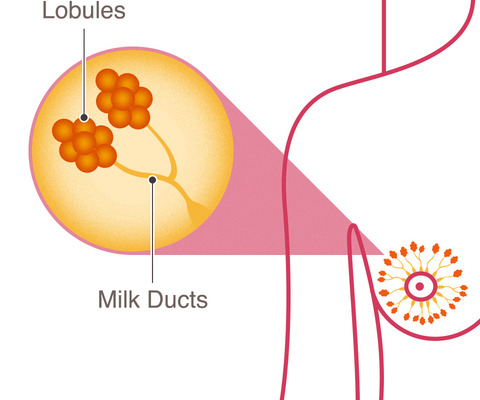 Children inherit a defective CFTR gene from their parents to get CF. This gene controls salt and water movement in cells. According to The Mayo Clinic, it affects the cells that produce mucus, sweat, and digestive juices. Normally, the secretions are thin and slippery. However, in those with CF, the secretions are thick and sticky; this clogs up the ducts and airways.
Children inherit a defective CFTR gene from their parents to get CF. This gene controls salt and water movement in cells. According to The Mayo Clinic, it affects the cells that produce mucus, sweat, and digestive juices. Normally, the secretions are thin and slippery. However, in those with CF, the secretions are thick and sticky; this clogs up the ducts and airways.Symptoms for this disorder include:
- baby's skin tastes salty or is unable to pass stool
- trouble breathing or lung infections
- regular diarrhea, foul-smelling and greasy stools
Treatments include chest physical therapy, exercise, medications, pulmonary rehabilitation.
Reference: http://www.mayoclinic.org/diseases-conditions/cystic-fibrosis/basics/definition/con-20013731
Picture reference: http://www.ivsolutions.com/~ivsolutions/sites/default/files/CF-lung-symptoms.jpg

